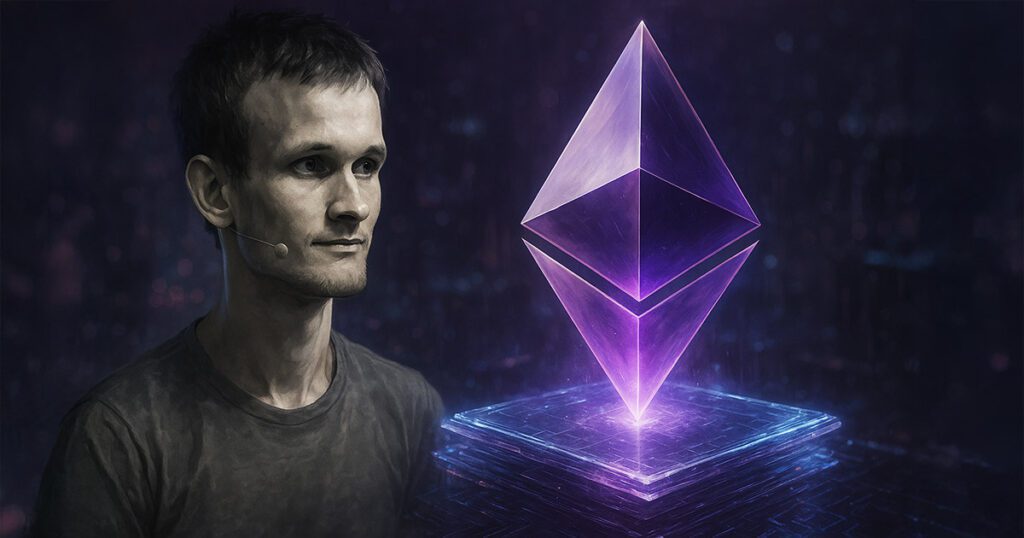The co-founder of Ethereum Vitalik Buterin and Toni Wahrstätter, researcher of the Ethereum Foundation, presented a proposal that will cap the maximum gas that a single transaction can use. The proposal, EIP 7983, claims:
“By implementing this limit, Ethereum can improve its resilience against certain back vectors (Denial of Service Attack), improve network stability and provide greater predictability to transaction processing costs.”
The last proposal is a modified version of the EIP 7825, which was introduced in November of last year but has since stagnated.
The proposal will limit the use of gas for individual transactions to 16.77 million gases
The proposal aims to apply a maximum limit of 16.77 million gases for any transaction, almost half the limit of 30 million gases proposed in EIP 7825. This limit, according to Buterin and Wahrstätter, will be applicable independently of the block gas limit fixed by minors or validators.
The implementation of this proposal will see transactions specifying a gas limit greater than 16.77 million gases are invalidated. This means that during the validation of transactions, transactions exceeding the gas limit will be rejected and excluded from the transaction pool. Similarly, during the validation of the block, any block containing a transaction which exceeds the defined gas limit will become invalid.
The gas limit chosen by Buterin and Wahrstätter of 16.77 million will provide a “balance between authorizing complex transactions while retaining predictable execution limits”, in accordance with the proposal. The authors added:
“This value allows the most recent use cases, including contractual deployments and advanced DEFI interactions, while guaranteeing coherent performance characteristics.”
When implemented, the proposal will require that users and decentralized applications (DAPP) divide transactions with higher gas limits in smaller operations. However, Buterin and Wahrstätter expect the limit to affect a minimum number of users and DAPPs, as most current transactions fall below the proposed limit.
Why the definition of a transaction gas limit is important
Ethereum’s current architecture allows transactions to theoretically consume the whole gas limit of a block. This architecture has several risks.
For example, allowing a single transaction to consume most or all of the block gas limit can facilitate disbelievers to execute back attacks. In the back attacks, the bad players try to overwhelm a network thanks to a spam transactions dam. This means that the network does not provide service to authentic users.
According to the proposal, the absence of a transaction gas limit can also lead to an uneven load distribution and affect network stability.
Having variable use of gas can also cause an imbalance in the load distribution between transactions in a block. In addition, high gas transactions also cause longer block checking times, which can have an impact on the user experience.
Advantages of fixing a transaction gas limit
According to Buterin and Wahrstätter, the limitation of the gas use limit for unique transactions can help reduce the risk of single transaction back attacks. Essentially, the limit will define a railing that prevents malicious actors from using the bandwidth of the network thanks to large spam transactions.
The limit would also guarantee that gas is allocated fairly between transactions in a block, indicates the proposal. The ceiling should also make the validation of “more predictable and uniform” blocks.
The most important advantage, however, would be increased compatibility with zero knowledge virtual machines (ZKVMS). Encourage transactions with las gas limits to be divided into smaller pieces “allows better participation in distributed Prouvance systems” and allows a “more predictable ZKVM circuits”, said the proposal.





